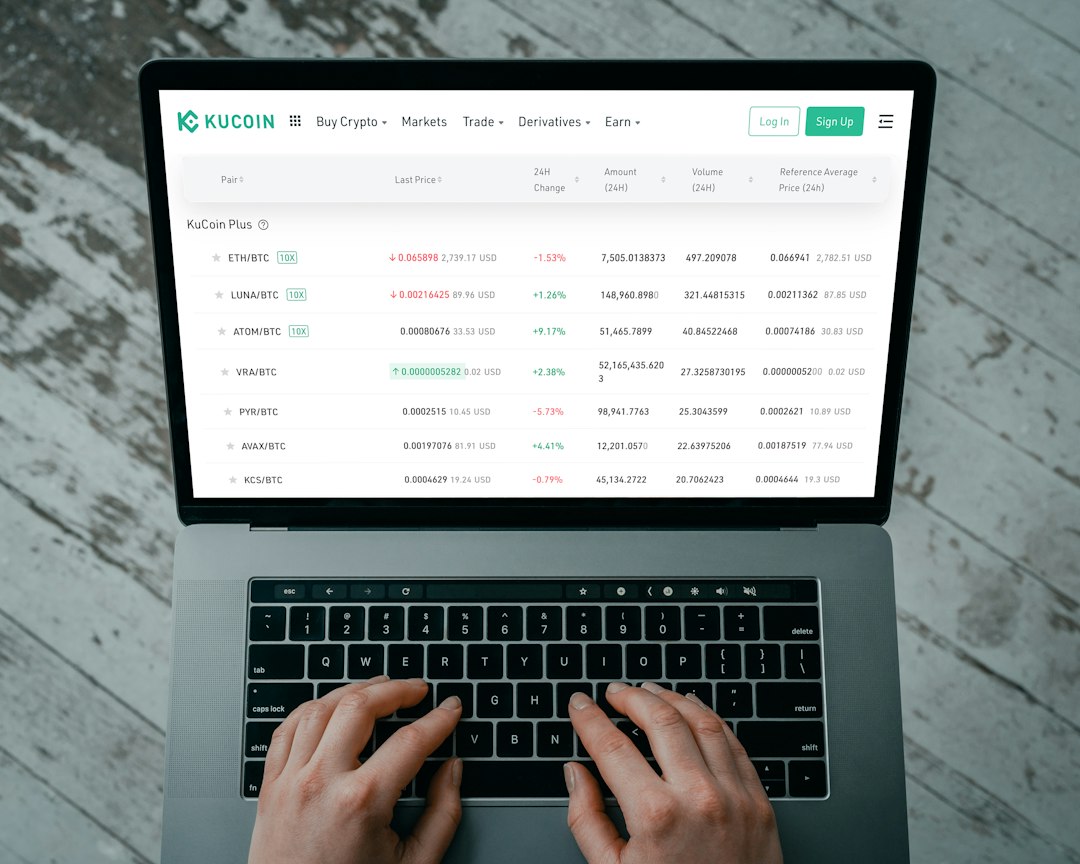The Growing Concerns of Ethereum L2 Centralization
The Ethereum layer-2 (L2) scaling solutions ecosystem has seen significant growth in recent years. However, there is a growing concern over the increasing centralization of rollup technology. Despite the bear market, the total value locked in the Ethereum layer-2 ecosystem has doubled in the past year.
Ethereum L2 Centralization Concerns
A DeFi researcher known as “Andy” recently expressed concerns about rollup centralization. According to Andy, decentralization has been compromised for immediate feedback loops, accessibility, and user acquisition. There are currently 15 active layer-2 rollup networks, which scale Ethereum by processing transactions off-chain and then posting them to the layer-1 chain.
One of the main concerns is the role of sequencers in the rollup process. These centralized entities order transactions, making them faster and cheaper. However, this raises concerns about censorship, single points of failure, MEV extraction, and interoperability. Sequencer operators have the power to choose which transactions to include or exclude from blocks, potentially becoming a single point of failure.
Additionally, sandwich attacks or MEV frontrunning become possible due to the centralized control of transaction ordering. Various individuals, including DeFi decentralization advocate Chris Blec and Ethereum co-founder Vitalik Buterin, have also expressed concerns about layer-2 centralization.
Decentralization Solutions
To address these concerns, two approaches are emerging: shared sequencers that serve multiple rollups and direct decentralized sequencers specific to each rollup. Shared sequencers promote interoperability but are limited by layer-1 throughput. On the other hand, direct sequencers allow customization but can isolate rollups and involve tradeoffs between trustlessness and functionality.
The good news is that there are already solutions available for both shared and direct decentralized sequencing. These include Espresso, AltLayer, Celestia, EigenLayer, Caldera, Cartesi, Eclipse, and Dymension. OP Labs recently launched Optimism’s fault-proof system on testnet, which is a significant step towards decentralization.
Hot Take: Potential for Decentralizing Ethereum L2
The concerns surrounding the increasing centralization of Ethereum layer-2 scaling solutions are valid. However, the industry is actively working on potential solutions to address these issues. The development of shared sequencers and direct decentralized sequencers offers different approaches to decentralize the rollup process.
While shared sequencers prioritize interoperability, direct sequencers provide customization options. The availability of various solutions such as Espresso, AltLayer, Celestia, EigenLayer, Caldera, Cartesi, Eclipse, and Dymension demonstrates progress in this space.
Furthermore, recent developments like Optimism’s fault-proof system on testnet showcase the ongoing innovations that aim to reduce reliance on centralized entities and enhance the decentralization of Ethereum layer-2 scaling solutions. Although the path forward may not be straightforward, these advancements signify the potential for scaling Ethereum while maintaining its decentralized nature.





 By
By
 By
By
 By
By
 By
By
 By
By
 By
By